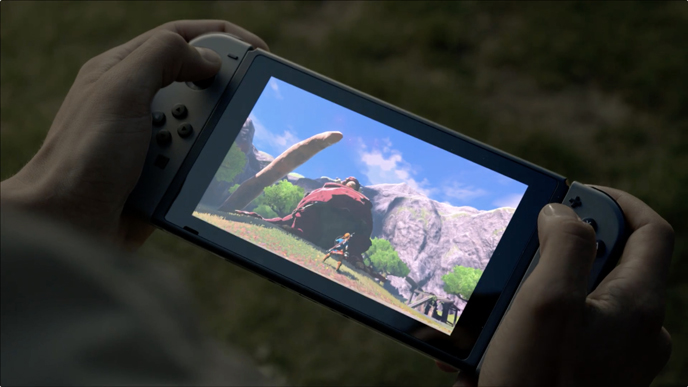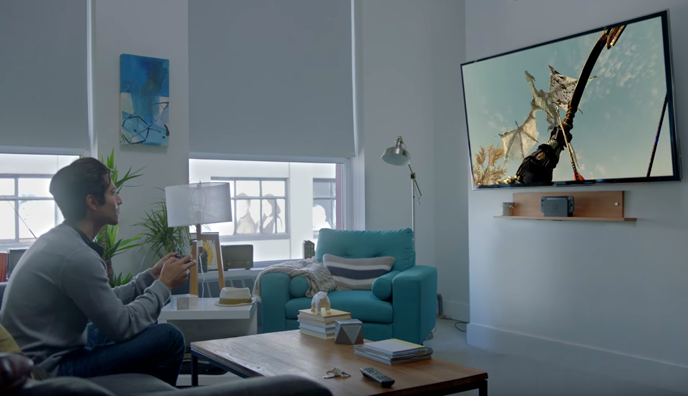
Nintendo has been fairly adamant about keeping their consoles region specific since they first released the NES. They’ve manufactured different cartridges depending on where the games were released, locked digital content to a single account, and even put in specific chips that the console would verify before starting the game. People have begged for an end to the practice for years, and it finally happened with the release of the Nintendo Switch. Not only can it play physical copies of games from other countries but even digital ones too. Savvy eShop users can make accounts for multiple regions to play games in they might not otherwise have access to, but this doesn’t come without a couple of problems. The Big N seems to be having a tough time adjusting to a more worldwide console, especially when it comes to pricing.
Prices Are Sporadic
The Legend of Zelda: Breath of the Wild was bought by millions of people the day it came out. If you bought it in the US you likely paid $59.99 plus taxes. Someone who bought it on the Japanese eShop would pay $67.67(¥7,538) or on the Mexican storefront they would pay a staggering $85.36 (1,599 pesos) for the same game. These price differences swing the other way as well, with many digital-only titles following a similar trend. While Shovel Knight: Treasure Trove isn’t out in Japan yet, in the US it’s priced at $24.99 while on the Mexican eShop it converts a much cheaper $12 (225.99 pesos). Atlus faced a similar problem with Persona 4 Arena, since both the Japanese and American versions were nearly identical except in price. Their solution was to be one of the first region-locked PlayStation 3 titles, a decision that fans universally disliked. While it’s great that Nintendo isn’t going that route, the price discrepancy, while beneficial to fans, doesn’t seem to be intentional, and a fair amount of foreknowledge is required if they want to take advantage of the deal. The biggest inconvenience is that while some regions have similar credit card numbers, others can be wildly different, which forces customers to buy eShop cards from those countries, a hassle in and of itself. Importers like Play-Asia can buy batches of codes but can run out quickly since it’s considered a niche product. Purchasing a game with a different profile also requires you to keep said account if you want to continue playing it, which can load up the user screen with a lot of unneeded noise.There are probably plenty of reasons why the games could cost such wildly different amounts, but it seems strange when they can be sold for less while still turning a profit. For those prices to be so sporadic as well indicates that these companies may not be equipped to deal with a more direct worldwide market (not to mention, these digital games are priced just as much as physical copies, despite costing less to make).
Some Games Are Already In English
The launch week for Nintendo’s hybrid-console was light during its initial release for anyone looking for more than Breath of the Wild. This wasn’t as much of a problem for anyone who had a Japanese eShop account as many of their launch titles had complete English text, including both new and retro titles. These games could’ve easily helped bolster the small launch line-up but there are even a few games that haven’t been released stateside that are still translated, most notably Disgaea 5 Complete Edition. In total, Japan got about 8 more launch titles than the US, with many fully translated into English or otherwise playable. These games aren’t first-party titles but it’s Nintendo’s storefront first and foremost. Why would they let fully translated titles be sectioned off even for a couple of days? All of their in-house games are set for same-day launches worldwide, but they aren’t holding third party developers to the same standard. Corporations exist to make money so it’s silly to expect them to wait long on a launch but a simultaneous release can avoid spoilers on the internet. This problem is particularly prevalent in JRPGs like Persona 5, with the 7 month gap between its release dates making it impossible to contain the end-game twists. Waiting makes even less sense for games like Blaster Master Zero, which had complete English text without voiceover to translate. Yet it still took 6 days between the US and Japanese releases.
Amiibo Availability Is Still Sporadic, Too
Nintendo’s little NFC figures are a bit like DLC. They add extra experiences to a game that aren’t crucial to the story, though sometimes these amiibo can give unintended advantages to someone who bought the right ones. For example in Splatoon, the Squid Kid figures give out armor upgrades as a reward for specific challenges, which is great because upon their release, both statues were pretty easy to find. The third amiibo was a squid that essentially awarded the same benefits, but in the U.S., it was only sold in a bundle. Japanese players, meanwhile, could easily track down and afford it, giving them a heavy advantage in a game where equipment is already half the battle. The armor becomes obsolete early-on but it gives the owner an advantage over those who start with nothing.
Compounding this issue are the irregular amiibo launch dates between regions, creating a supply problem that can’t possibly keep up with demand. Having different levels of access makes it difficult to keep multiplayer games like Splatoon balanced, which can hamper their longevity. Nintendo has also struggled to keep up with amiibo demand in the past, so it’s uncertain if they’d be able to in the future as they incorporate the figures more and more into their games.
Pricing and availability are always a problem with new technology, but with a digital storefront it’s possible to keep everything affordable and convenient. For now Nintendo customers can buy games on other storefronts if they go through the various hoops required, which includes making another account and buying gift cards for the desired region. It’s a bit of a process, requiring the user to create a new email and profile on the Switch in order to access the different eShop. This convoluted affair probably isn’t going anywhere soon; letting it sit as-is saves Nintendo money in the long run. And even if you go through this process to get these games early, you won’t be able to register them to My Nintendo, adding insult to injury.
Nintendo has more to learn about adapting to a region-free digital age.
Kevin Slackie likes to play videogames and ride motorcycles though not at the same time. You can follow him on Twitter.


